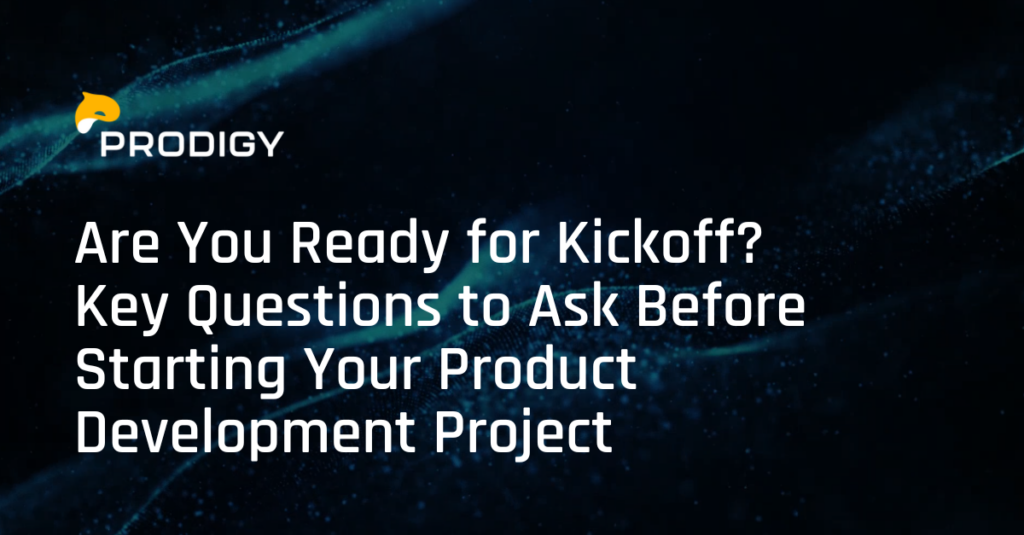Insights
What is a Product Development Partner?
Once the need for outsourcing is established, the landscape of outsourcing options can become confusing. The typical pathways of product development can be greatly enhanced in terms of form, function, and especially speed. Industrial design, engineering, and contract manufacturing might seem like obvious and distinct entities, but the greatest gains (and pitfalls) tend to be where they overlap.
The traditional approach has pitted form against function. However, the most successful products merge both ideas in harmony. To achieve this, industrial design and engineering need to work together to define the customer experience. To ensure no time is lost on the eventual journey to market, it is imperative that engineering has a seat at the table in the early stages. Form without considerations for function can cost a company critical time on snags that must be unraveled in bringing a product to life.
At the opposite end of the spectrum, engaging with contract manufacturers too early can have its own set of challenges. Ideally, innovation should be driven by market needs and not constrained by specific manufacturing capabilities. Having freedom in design allows for a more diverse set of options where the best tools and processes available from any source can be leveraged to achieve the product’s goals. Removing potential conflicts of interest drives down risk, shrinks timelines, and delivers a superior product. A product development and engineering partner is able to look at the entire supply chain and run things concurrently with multiple suppliers unencumbered by the needs of any one specific firm. Taking a design out for a competitive bid allows you to compartmentalize the manufacturing risks and be selective of manufacturing partners by aligning their core competency with the chosen design.
By engaging a full-service product development partner at inception, companies can harness several advantages in the process. First and foremost, the right product development partner can bring innovation at speed. Bringing in third-party expertise outside of internal stakeholders can introduce a fresh set of eyes that can identify and troubleshoot potential problems before they come to a head and bog down resources – just because you can’t see a problem, doesn’t mean it doesn’t exist.
Improved organization-wide communication is another added benefit of a full-service engineering firm. “Herding cats” is an important function – by acting as a third-party liaison, an outsourced partner can incorporate unfiltered feedback from all departments to come to a holistic product that aligns with the company direction. And in the event of roadblocks or stalemates, an impartial third party can provide an unbiased perspective that can help break through to the next stage.
Bringing the right players to the table at the right time is one of the most important decisions a company can make on the road to innovation. With the right team in place from the start, the path to market leadership becomes clear.





